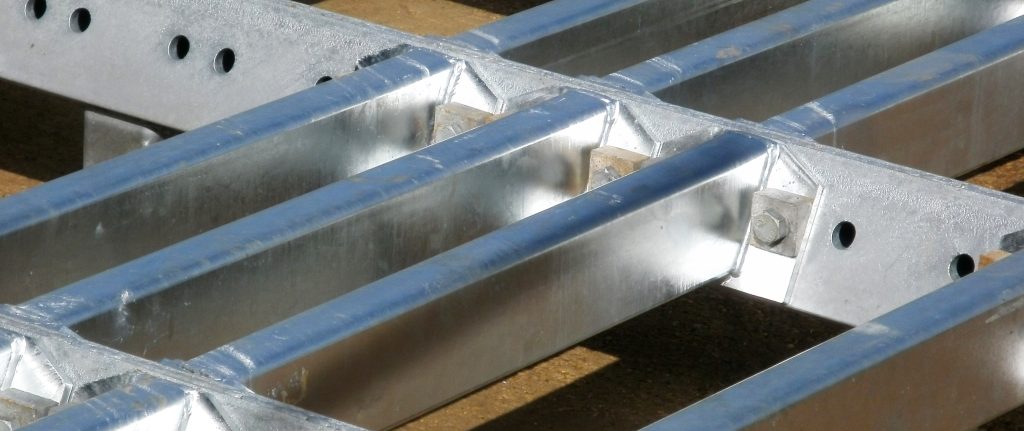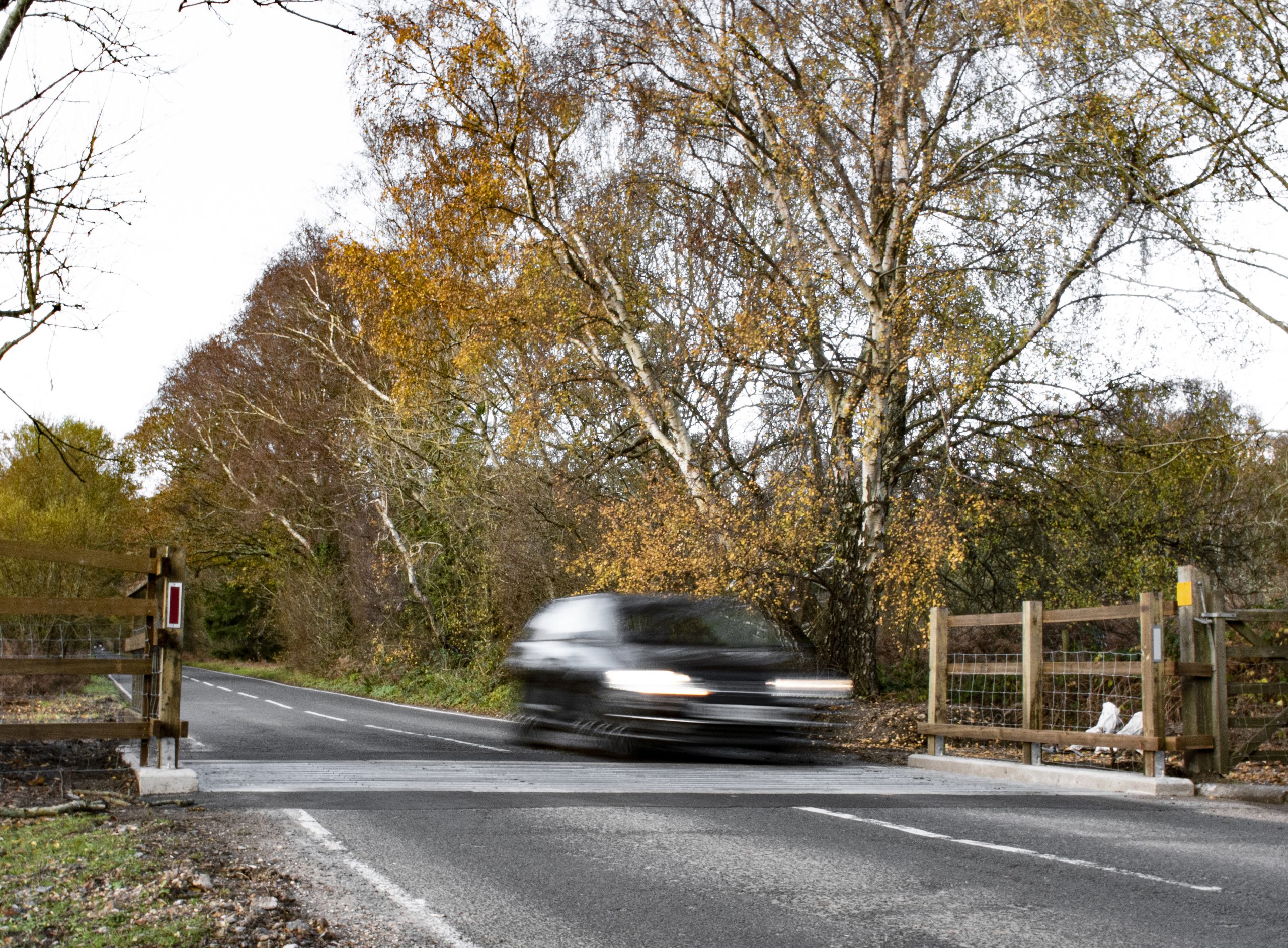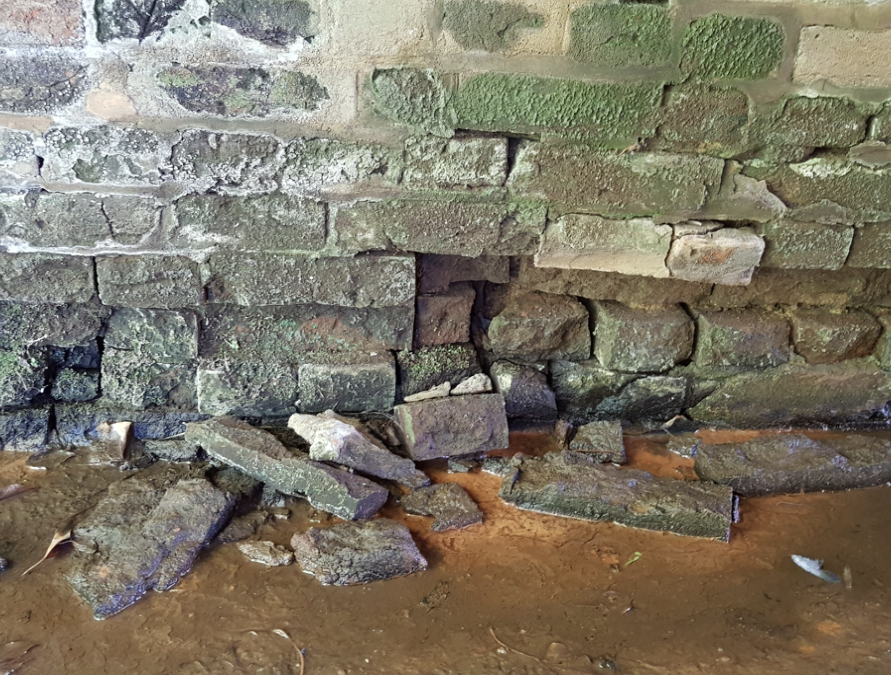
Cattle Grids FAQ
Do you supply a range of grids?
We can provide grids to deter stock cattle, sheep or deer.
Do long do they take to install?
Access is always an issue, for highways and for domestic entrances. Road closures and diversions cost money, cause great disruption to tourism, schools, and businesses, and is a great contributor to environmental emissions. Our precast domestic and agricultural grids can be installed in 1 day. Highway grids can be installed in 5 days (competitors take 6-8 weeks), a reduction of 88% on total emissions.
How can I compare your grids with those from other companies?
Grids are an investment. When comparing the prices, it’s important that the specification of the grid is carefully considered.
- Does it meet the BS and EN standards?
- What is the total steel weight? The heavier the grid, the more likely it will be much stronger and will last significantly longer – for example, our Highway grid steels weight over 4T compared to approx. 2T from competitors.
- Is the concrete poured on-site? We use precast concrete cast under strictly controlled factory conditions. That means it is installed at cured strength (+ 50kN).
- Is it rated for the axle load (see explanation below).
- Is it easy to clean? Precast grids have drain holes that can link to a ditch or soakaway, and because of the smooth finish, are easy to clean.
Does my grid need to have drainage?
Grids can very quickly fill with leaves and other surface wash, especially soil after heavy rains. Animals can easily cross blocked grids. We recommend grids with a concrete base for easier cleaning. Good drainage will reduce debris build-up and therefore the amount of maintenance.
What if I don’t have drainage?
We can extend the drainage into a ditch (where permitted) or provide a soakaway.
Why is it important to consider how the steels are anchored to the concrete?
This is the source of most grid failures – loose anchors. When one anchor becomes loose, it compromises the next anchor and so on, until the whole grid is compromised. Our precast grids rely on cast-in anchors, which eliminates the problem. It also eliminates the need for site drilling.
What if my grid does become compromised?
We have differing solutions, depending on the grid type, concrete and walls. We have successfully replaced base plates with new, oversize base plates with new anchoring points. Alternatively, we fabricate special carrier beams where base plate replacement is not feasible or cost-effective.
Can you repair damaged grid concrete?
The answer is YES, we can. We have replaced sections of concrete on many grids. This is the obvious solution if the concrete has many years life in it, rather than complete base replacement. Usually, damage occurs on the travel edges of the nosing, and we can completely rebuild these.
Animal Escape Ramps, Fencing and Gates
We provide a bespoke steel anti-slip animal escape ramp with all highway grids.
We can supply side fencing complete with reflectors, and if required, vehicle and pedestrian gates.
What is BS4008:2006?
BS4008 is the standard that specifies the requirements for cattle grids in the UK.
All of our cattle grids fully comply and exceed the requirements of BS4008.
What is BS EN 1991-2 Part 2?
This is a European standard relating to traffic loads – our Highway grids are designed to the Standard of BS4008 and BS EN 1991.
What is the minimum permissible width across the road?
BS4008 recommends a minimum pit width of 2750mm (9ft) to allow access by emergency vehicles.
What is the minimum road travel length?
The minimum travel length is 2600mm (8ft 6″) for a cattle grid and 4000mm (13ft) for a deer grid. As standard, we manufacture all our cattle grids to these lengths as a minimum.
What is the load capability of my grid?
The load a grid can carry is determined by the grid’s total load capability (for example a 26-tonne or 80-tonne grid) and the axle load it can carry. The axle load is a more important factor as it determines more than just the total vehicle load, but the load acting on the axles. A 44 tonne HGV with 6 axles with a 7,5-tonne load per axle, whereas an 18-tonne HGV with 2 axles has a 9-tonne load per axle.
There are other factors, including the distance between axles, single or twin-wheeled axles, and so on.
All of our Standard cattle grids have the capability of taking occasional HGVs (10,5T axle weight).
Our Highway grids are designed for continuous HGV and traffic loading up to 24T axle weight.
Latest News
What is a cattle grid for?
What are cattle grids used for and how do Triangle’s grids get the approval of…
Spalling bricks
Over the years Triangle have come across many examples of spalling in brickwork. Spalling is…
Protecting Stainless Steel
How does metal corrosion happen? Let's take a look at some of the potential issues…
Bespoke Balustrading + Atrium Roof
The Fisheries in Hackney was built in the mid-1880s to process potatoes, make cloth and…




